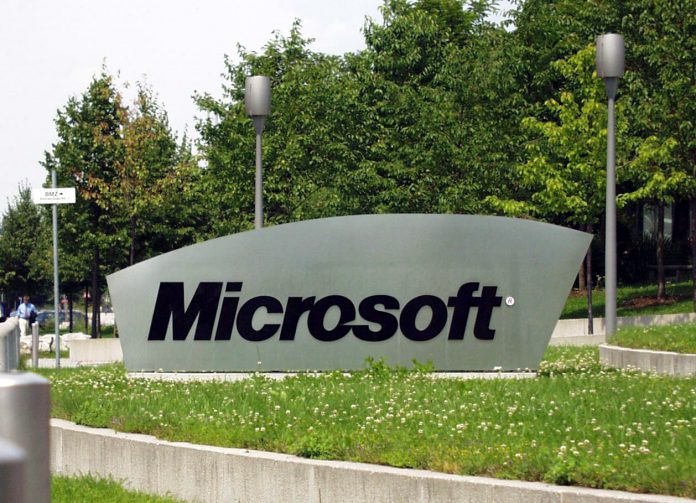It is worth noting this date is for free support, with organizations able to pay for security updates thereafter. Microsoft says it needed to make the adjustment “after investigating and analyzing the deployment state of an extensive number of Exchange customers.” We also know that some of you are in the midst of upgrades to a newer version of Exchange Server on-premises, or more transformative migrations to the cloud with Office 365 and Exchange Online.” The change of end-date for Exchange Server makes sense as the October 13, 2020 cutoff now coincides with end of support for SharePoint Server 2010 and Office 2010. Of course, this all means Microsoft is giving organizations more time to upgrade from Exchange Server 2010 to newer versions.
Upgrade
Interestingly, that upgrade process is not simple if customers want to update to the newest version. Indeed, there is no direct upgrade path from Exchange Server 2010 to Exchange Server 2019. Instead, users must first upgrade to Exchange 2013 or 2016. Naturally, Microsoft would prefer (and recommends) users to move to Exchange Online through Office 365. “Clearly, we think moving to Exchange Online and Office 365 is a good idea. We really do believe that’s where you’ll get access to the most secure and productive software with the lowest TCO. But over and above all of that, it gets you out of the upgrade business. If you migrate fully to Office 365 you really don’t need to worry about ‘big bang’ version upgrades anymore.”




